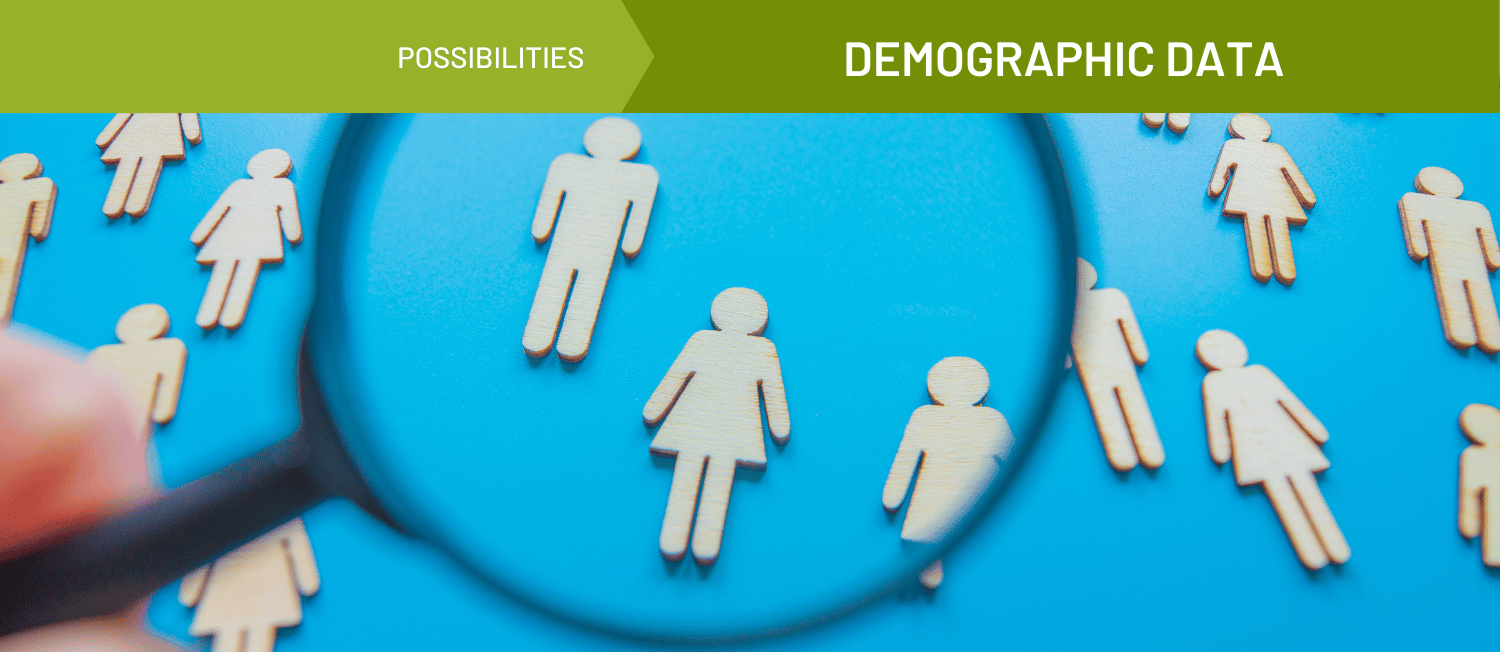LGBT Data: Who Is Helping to Fill the Gap?
- Copyright
- 2017
- Published Date
- 01/19/2017
- Published By
- Community Commons
While age, gender, race, and ethnicity have become standard when collecting demographic information, often sexual orientation and broader gender identity is not consistently or uniformly collected. This leaves gaps in understanding the growing population of Americans who identify as lesbian, gay, bisexual, or transgender (LGBT). A few organizations and data collection agencies are taking strides to include questions that help collect data on the LGBT community. Let’s explore a few of them:
Center for America Progress – “SOGI Data”
The Center for American Progress – a non-partisan research institute – published a fact sheet back in March outlining guidelines for collecting what they call “SOGI” data – sexual orientation and gender identity. The author states, “Collecting more and better data about sexual orientation and gender identity, or SOGI, is essential to meet the needs of LGBT people and their families across the United States.”
The fact sheet is a great resource if you’re going to be designing any type of survey instrument that plans to collect demographic information. With sample language, suggested terminology, and considerations for medical records, this fact sheet is an excellent resource to understand how to be more inclusive with our instruments and start closing the data gap for the LGBT population.
PROMO – Promoting Equality for All Missourians Hospital Inclusivity Map
PROMO crowd-sourced a data collection project helping to rate hospital inclusivity across the state. As their website states, “this LGBT inclusive map is helping LGBT Missourians locate hospitals in their region who are LGBT welcoming, by identifying core policies that allow lesbian, gay, bisexual and transgender patients the opportunity to access healthcare free from discrimination.”
The Williams Institute – UCLA School of Law

The Williams Institute has published a series of guides, infographics, and articles that are great examples of LGBT data collection and analysis. One popular resource from the Institute is the 2014 report titled,”Best Practices for Asking Questions to Identify Transgender and Other Gender Minority Respondents on Population-Based Surveys” that provides great instruction and a helpful glossary of terms.
The Institute also has a variety of research studies that breakdown numbers for the LGBT population. View the full list here, or check out the three most recent publications:
Food Insecurity and SNAP Participation in the LGBT Community
How Many Adults Identify as Transgender in the United States
The LGBT Divide in California: A Look at the Socioeconomic Well-being of LGBT People in California (check out the great ESRI story map companion for inspiration)
LGBTData.com – Drexel University School of Public Health
Much like Community Commons, LGBTData.com is an ever-evolving and growing data warehouse. Recognizing that there are wide gaps in the availability of LGBT data, this site aims to collect, store, and update what is available as the source availability grows and shifts. Here’s a short overview of what’s available on the site:
LGBTData.com highlights data from sources like the Center for Disease Control and Prevention (CDC), Department of Justice (DOJ), and Substance Abuse and Mental Health Services Administration (SAMHSA) and provides a geographic breakdown of where the data are available.
A list of research studies and publications that are LGBT focused and/or use LGBT-centric data. It’s nicely categorized by topic.
An outline of recommended questions to use if you plan to collect sexual orientation
data. This page also includes thoughts on why it is important to collect sexual orientation data and how to make it more valid.
Is your organization or collaborative collecting data? Are your data collection practices inclusive of the LGBT community? Got a story to share about your LGBT data or a great example that we missed? Hit us up in the comments below!
View StoryRelated Topics



